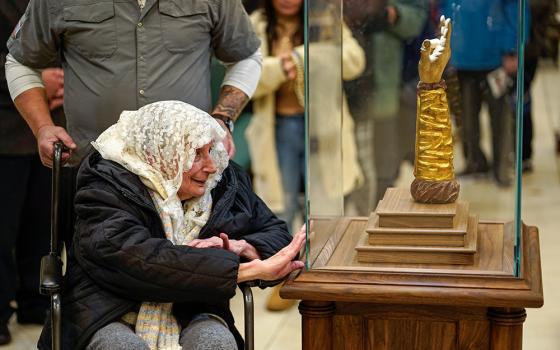Network, the Catholic social justice lobby in Washington, has been monitoring the effectiveness of the so-called "welfare-to-work" laws since Bill Clinton made welfare reform a keystone of his presidency in 1996. Network recently released its latest evaluation and found that in today's economic climate, the programs are severely lacking. See TANF Tested: Lives of Families in Poverty during the Recession (TANF stands for Temporary Assistance for Needy Families).
John Gehring, who blogs at Faith in Public Life, called Network's report "sobering," and he suggested that it "should be read by any elected official or citizen concerned about our nation's fraying social safety net."
Gehring says the report "paints a bleak picture of what happens when the good intentions of 'welfare reform' crash into the realities of the worst economy since the Great Depression."
The report includes the following key findings:
- Since the recession began, government programs have provided limited assistance to people who lost their homes or livelihoods, but families at the very bottom of the economic ladder have not received sufficient help from one of the major programs meant just for them—Temporary Assistance for Needy Families (TANF).
- TANF’s “Work First” emphasis is problematic during periods of high unemployment and low wages.
- Food stamp (SNAP) and other nutrition programs don’t reach enough families in need.
- Limited access to education and quality job training keep unemployment rates high.
- Many people face more than one barrier to employment, including transportation, child care, disability, domestic violence, and language barriers.



